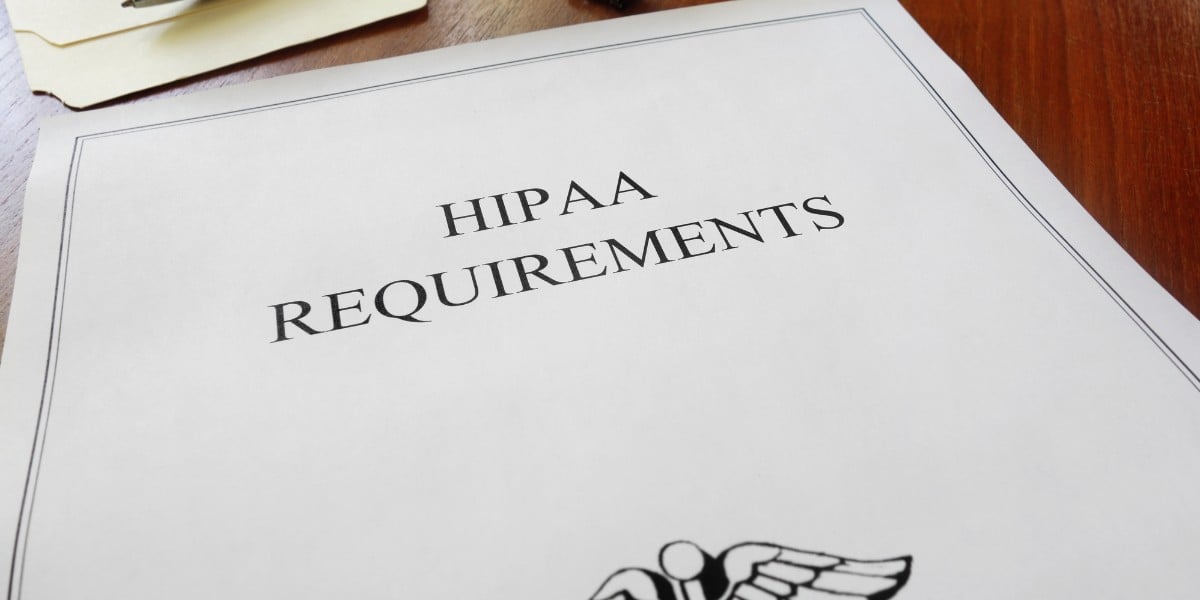
HIPAA Transactions and Code Set Rule promote a more efficient, accurate, and secure healthcare system by establishing consistent standards for electronic transactions and facilitating standardized code sets for diagnoses and other healthcare services.
HIPAA Transactions and Code Set Rule
The purpose of the HIPAA Transactions and Code Set Rule is to set a standard for electronic healthcare transactions and ensure the uniform use of code sets within the healthcare industry. The rule aims to improve the efficiency of healthcare transactions by establishing consistent formats for exchanging health information, such as claims, enrollment, eligibility inquiries, and remittance advice.
Related: A guide to HIPAA's rules
Primary transactions covered under the HIPAA Transactions and Code Set Rule
- Claims: The submission of healthcare claims from healthcare providers to health plans for reimbursement.
- Remittance advice: The transmission of information about payments and adjustments made by health plans to healthcare providers.
- Enrollment and dis-enrollment: The process of enrolling individuals into health plans or terminating their enrollment.
- Eligibility verification: The inquiry by healthcare providers to determine a patient's eligibility and coverage status with a health plan.
- Referral certification and authorization: The exchange of information related to referrals for specialized care or authorization for certain healthcare services.
- Coordination of benefits: The exchange of information between multiple health plans to determine the primary and secondary responsibility for payment of healthcare claims.
- Premium payments: The transmission of premium payments from employers or individuals to health plans.
Code sets used in healthcare transactions
Code sets are standardized sets of codes used to represent various healthcare services. Code sets provide a common language for communicating healthcare data in a standardized format. They ensure that all parties involved in healthcare transactions accurately convey and understand information. Some commonly used code sets in healthcare include:
- International classification of diseases, tenth revision (ICD-10): Used to classify and code diagnoses and medical conditions.
- Current procedural terminology (CPT): Used to describe medical procedures and services performed by healthcare providers.
- Healthcare common procedure coding system (HCPCS): Used to identify specific items, supplies, and services not covered by CPT codes, such as durable medical equipment, drugs, and supplies.
- National drug code (NDC): Used to identify specific medications and drugs.
- National provider identifier (NPI): A unique identification number for healthcare providers.
The impact of electronic claims submission and reimbursement processes
By establishing standardized formats and codes, the rule promotes interoperability and efficiency in the exchange of healthcare data. Electronic claims submission is streamlined as healthcare providers are required to use standardized code sets, such as CPT and ICD-10, to accurately represent diagnoses, procedures, and services rendered. This ensures consistent and clear communication between providers and health plans, reducing errors and enhancing the accuracy of claims.
The rule also facilitates the electronic transmission of remittance advice, allowing health plans to provide detailed payment and adjustment information to providers. By promoting uniformity and consistency in electronic claims and reimbursement processes, the HIPAA Transactions and Code Set Rule improves efficiency, reduces administrative burdens, and enhances accuracy in billing and reimbursement within the healthcare industry.
Related: HIPAA Compliant Email: The Definitive Guide
The potential penalties for non-compliance with the Transactions and Code Set Rule
Non-compliance with the HIPAA Transactions and Code Set Rule can result in various penalties and consequences for covered entities. The penalties include:
- Civil Monetary Penalties (CMPs): Covered entities found to be in violation of the HIPAA Transactions and Code Set Rule may be subject to CMPs. The penalties vary based on the level of culpability, ranging from a minimum to a maximum penalty amount per violation.
- Corrective Action Plans (CAPs): Besides CMPs, the OCR may require covered entities to develop and implement a Corrective Action Plan. This plan outlines the steps the entity must take to address the non-compliance issues and achieve compliance with the rule.
- Resolution Agreements: The OCR may enter into a Resolution Agreement with the covered entity, outlining specific actions the entity must take to resolve the non-compliance issues. The agreement may also include financial settlements and ongoing monitoring by the OCR.
- Loss of Medicare/Medicaid Certification: Non-compliance with the HIPAA Transactions and Code Set Rule can potentially lead to losing certification to participate in Medicare and Medicaid programs. This can have significant financial implications for healthcare providers and organizations.
Subscribe to Paubox Weekly
Every Friday we'll bring you the most important news from Paubox. Our aim is to make you smarter, faster.



